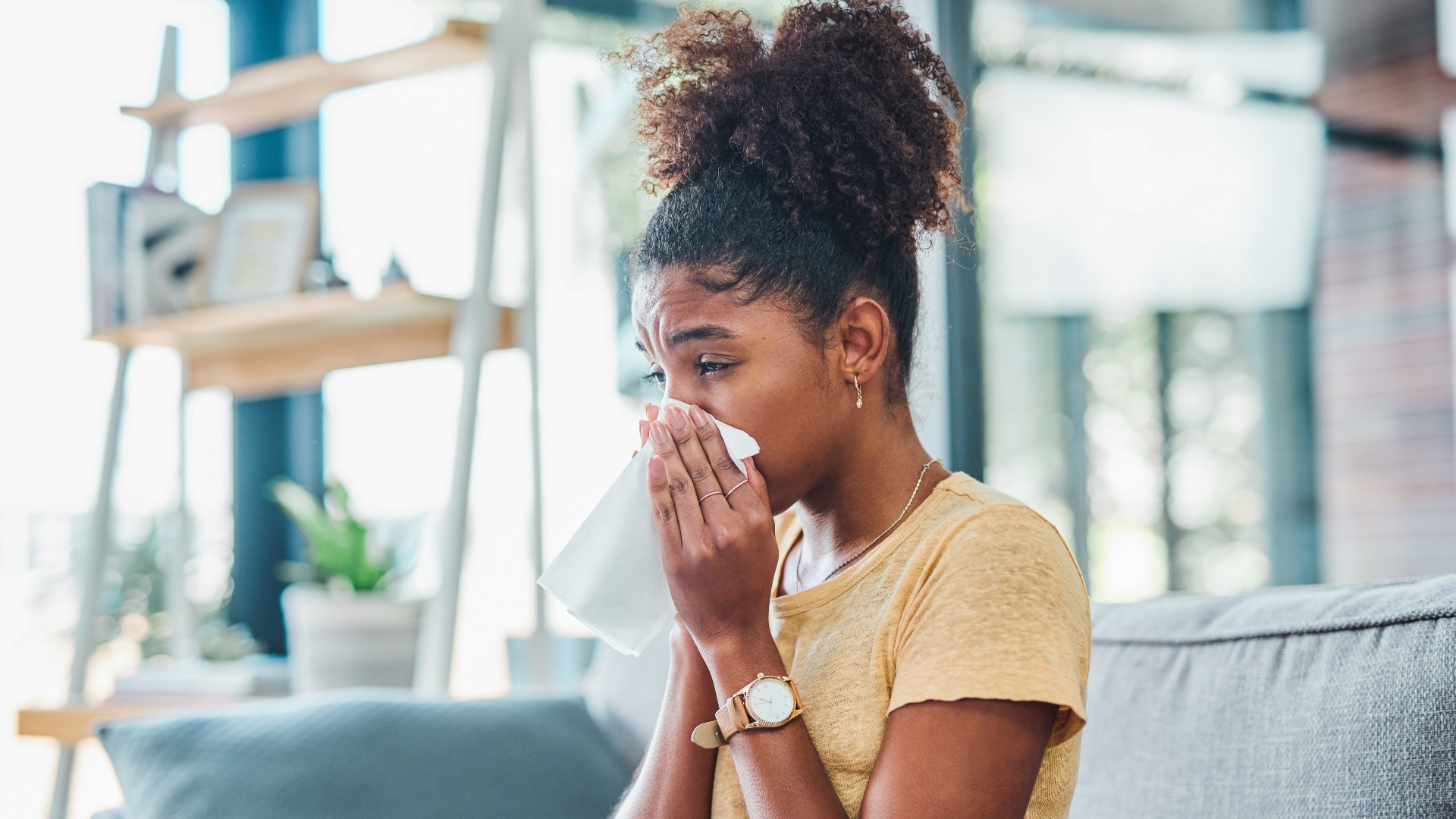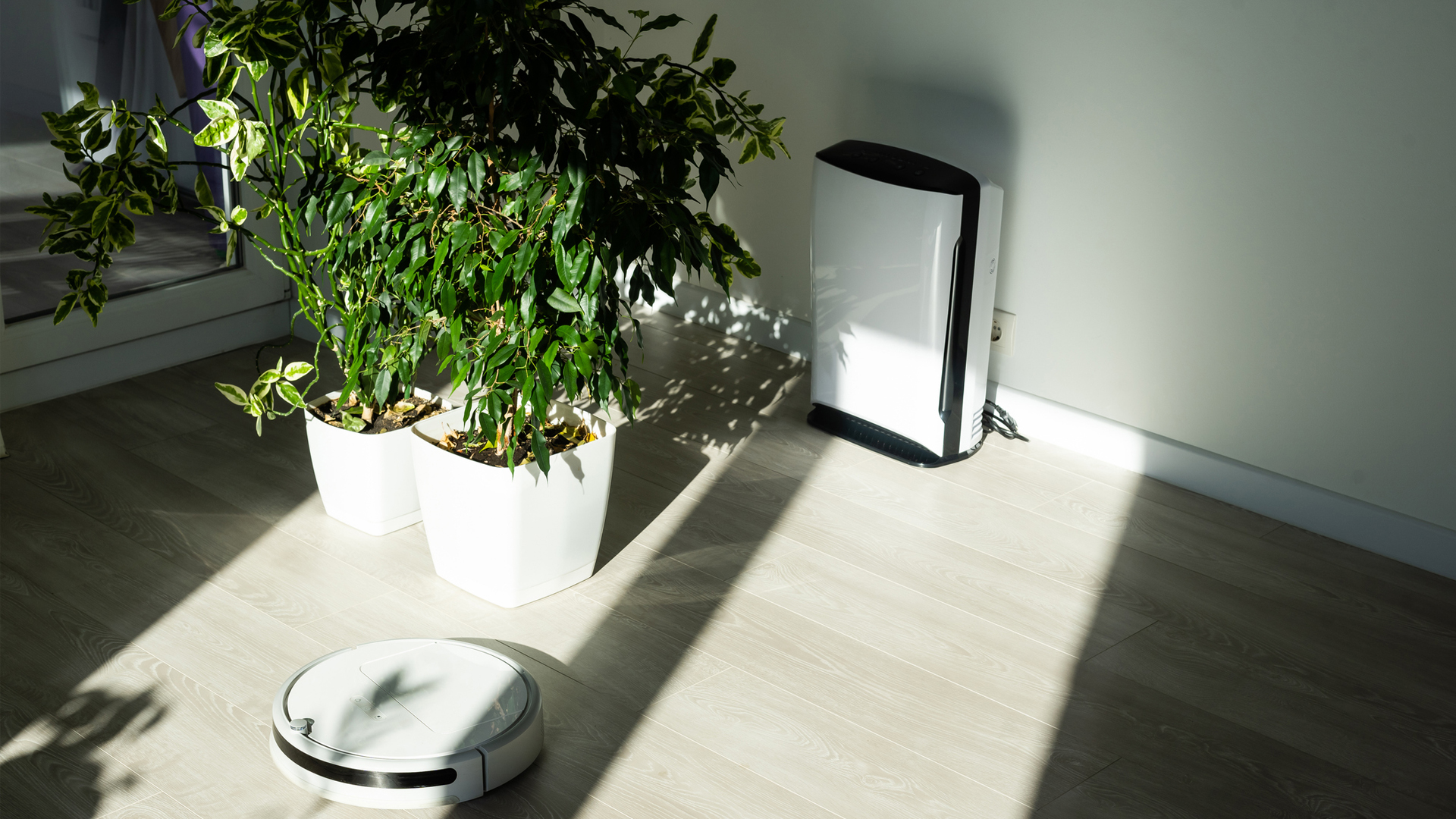If you want to know how to get rid of dust mites, you’re not alone. These microscopic critters can get everywhere, and while you can’t actually eliminate them forever, there are certain steps you can take to reduce exposure to them.
While not dangerous, dust mites live in the home and feed off dead skin from humans and pets. They can cause allergic reactions including wheezing, runny nose and itchy eyes and skin, and in worse cases can trigger an asthma attack. Investing in one of the best air purifiers for allergies can go a long way in helping to combat these symptoms, by capturing small particles like dust mites.
Read on to find out more about how to get rid of dust mites, and how to spot if you have them in your home.
What are dust mites?
Dust mites are tiny little bugs that live in house dust and eat flakes of dead skin from people and pets. According to Aneta Ivanova, pediatric allergy nurse consultant at Midlands Allergy Service (opens in new tab) in the U.K, they are invisible to the naked eye and live off the skin scales we shed, which have been partially digested by molds.
While dust mites don’t sting or bite, they can cause allergic reactions and are one of the major triggers for people with asthma, according to the American Lung Association (opens in new tab) (ALA).
“Some atopic conditions can be triggered or exacerbated if the patient suffers from an allergy to house dust mites,” warns Ivanova. “For example, rhinitis — runny and itchy nose, sneezing, watery and itchy eyes — or eczema and the development of the painful skin condition spontaneous urticaria.
“An allergy to house dust mites can trigger additional symptoms in patients suffering from asthma, such as rhinitis, coughing and wheezing, despite taking their medication. This is known as allergic asthma.”

Aneta Ivanova
Aneta Ivanova is a Paediatric Allergy Nurse Consultant at Sandwell and West Birmingham Hospitals NHS Trust with 36 years of experience working in pediatrics, both in the National Health Service in the U.K. and the private sector. Ivanova works at a consultant level for the largest pediatric allergy service in the West Midlands and through her private clinic, Midlands Allergy Service, and practices a modern approach to the management of allergic diseases.
Where do dust mites live?
As their name suggests, dust mites live anywhere there is dust. They are most commonly found in mattresses, bedding, upholstered furniture, carpets and curtains in your home.
And, without wanting to cause alarm, they are nearly everywhere — four out of five homes in the U.S. have dust mite allergens in at least one bed, says the ALA.
“House dust mites like the warmth of our homes and thrive in humid environments,” Ivanova told Live Science. “They are often found in bedrooms, in bedding and mattresses, and in living areas where there are carpets, curtains and soft furnishings. Dust mites are also found in all public places like schools and offices. They exist despite regular cleaning.”
But even thorough cleaning can’t get rid of dust mites forever. They come back, which is why regular sanitization is important.
How do you know if you have dust mites?
Dust mites can be difficult to detect because they are microscopic arthropods that are only about ¼ to ⅓ of a millimeter long. As we’ve heard, these tiny bugs are everywhere, so most people will have them in the home. However, certain people will be more sensitive to them than others.
The most common signs of dust mites are allergic reactions that some get when they encounter their waste. When inhaled or touched, the proteins in their feces force our system to make antibodies to protect us.
Symptoms of a dust mite allergy include:
- Fever
- Watery and/or itchy eyes
- Runny nose
- Consistent sneezing
- Red and/or itchy skin
- Asthma attack
- Blocked nose
- Wheezing
- Difficulty breathing
If you are concerned about your symptoms, or they are extreme, contact your doctor.

How to get rid of dust mites
If you want to know how to get rid of dust mites, unfortunately there’s nothing you can do to totally eliminate them, says Ivanova, but there are some steps you can take to reduce exposure to these microscopic pests.
“In the bedroom, damp dusting at least once per week can help as can using hypoallergenic bedding and a barrier mattress, as well as duvet and pillow covers that are made from a special fabric that stops the mites going through. You should also ventilate the room daily and wash your bedding at 140F degrees.
“In children’s bedrooms, I recommend reducing the number of cuddly toys. The remaining toys must be washed and frozen at least once a month. Only extreme temperatures can kill the mites.
“In the living room, again damp dusting can help as well as choosing wooden floors over carpets, and vacuuming at least once a week. Opt for washable curtains, blinds or shutters that can be wiped. Again, you should ventilate the room regularly.”

Dust mites love humid spaces (think steamy bathrooms), so the American Academy of Allergy, Asthma & Immunology (AAAAI) recommends making sure the humidity in your home is lower than 50%. The best dehumidifier can help to keep your home at a comfortable humidity.
“The use of an air purifier that can capture the small particles of house dust mites can be helpful to reduce exposure,” adds Ivanova.
If you are someone who suffers from allergies, you are not alone. An allergy to house dust mites is very common; they are part of our ecosystem and, therefore, impossible to completely eradicate, but some steps can help reduce exposure.
“Patients suffering from rhinitis or allergic asthma secondary to an allergy to house dust mites should be seen by an allergy specialist and monitor their treatment,” Ivanova says. “If treatment with maximum dose antihistamines and steroid nasal sprays is not helping (alongside asthma inhalers for those with asthma symptoms), immunotherapy for house dust mites can be considered.”
This article is for informational purposes only and is not meant to offer medical advice.
Stay connected with us on social media platform for instant update click here to join our Twitter, & Facebook
We are now on Telegram. Click here to join our channel (@TechiUpdate) and stay updated with the latest Technology headlines.
For all the latest For Top Stories News Click Here
